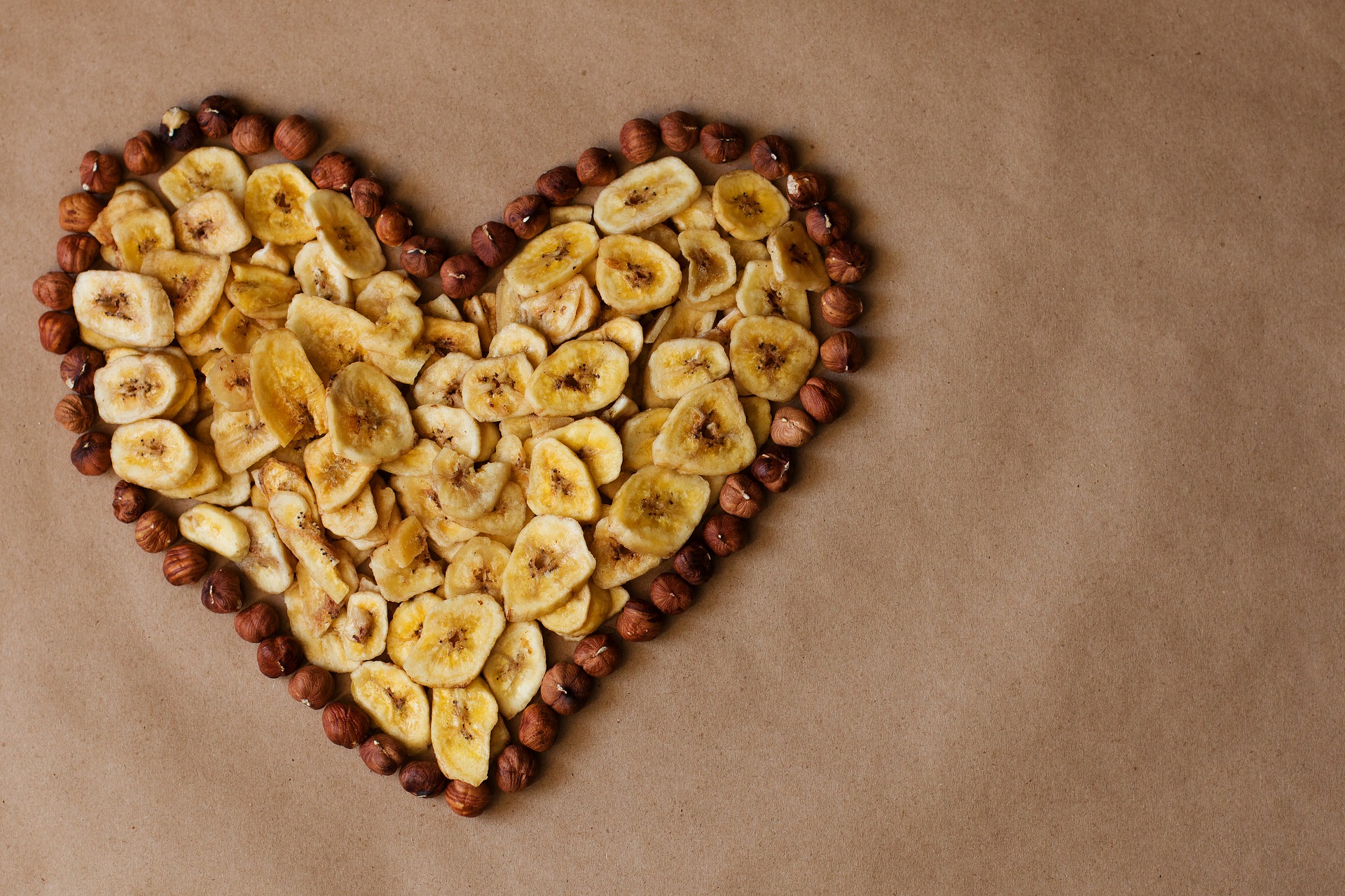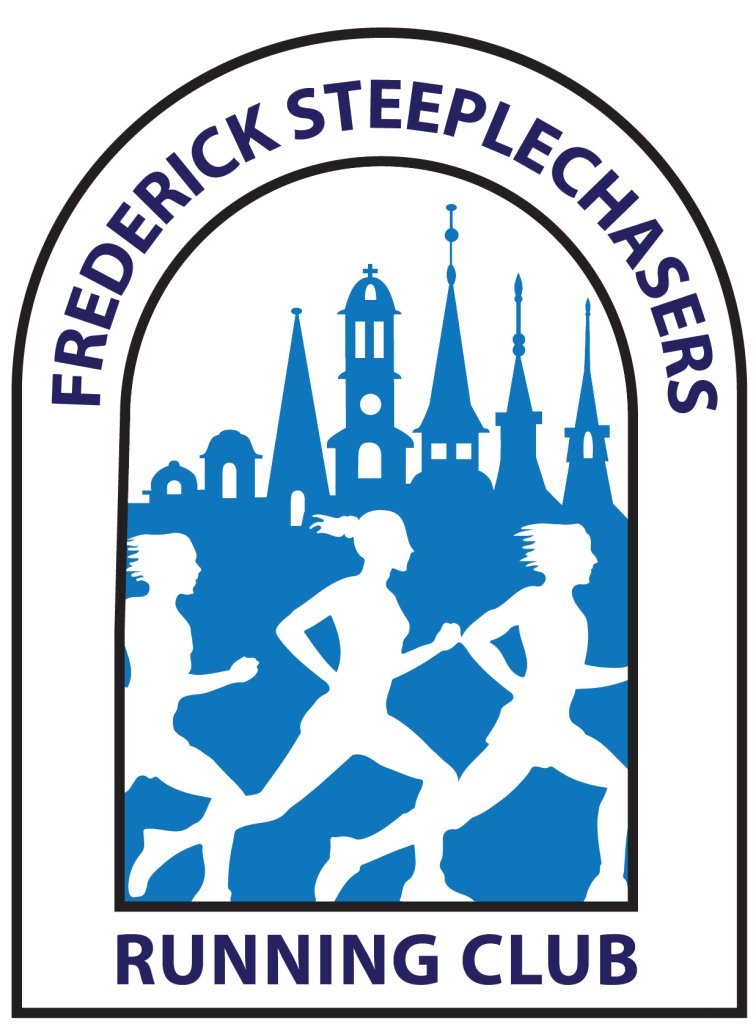By John Leonardis of Charm City Run
One question we get a lot at Charm City Run is, “How should I fuel my run?”
There are certainly plenty of theories. When helping customers figure out when and what to fuel with, we always start with questions:
- What are you using currently?
- Is there anything that is not working for you?
- What are you training for?
We find that most people are not eating or drinking enough before, during and after their activity. One of our favorite things to do at the shop is help people dial in nutrition. In this post we will touch on the benefits of sports-specific nutrition and how to use it.
Caloric needs vary widely based on height, weight and effort. With that said, runners burn a minimum of 400 calories per hour. Most of the time you can replace that after a run. For the longer efforts, a fueling strategy should be put in place. What is the best thing to fuel with? That is an individual journey. There is a wide variety of choices nowadays, from gels to all-in-one drink mixes. It can be a bit overwhelming.
Most of the products you will find in a run specialty store are pure carbohydrates. What sets them apart from dollar store gummy bears is each brand’s formulation. Gummy bears are made up solely of glucose. In simple terms, your body can only absorb a certain amount of glucose at one time. This is limiting to the amount of energy that can be delivered to the muscles.
A common ratio of sugar type in a sports gel is 4:1 glucose to fructose. Adding a second sugar source allows for better absorption of energy, i.e. more energy to the muscles leading to better performance. When comparing the products on the shelf in a specialty running store you can rest assured that they are all making products with this in mind. To sum this up, when you’re looking to fuel your run, reach for high-quality sports nutrition products. Save the candy for the movies.
Let’s look at an example of a fueling strategy fix using “Doug.” Doug is 180 pounds and six feet tall. He is training for a marathon and has been having trouble with his longer runs. Last week, he had a 16-mile run and it went horribly. He ate a Clif bar before his run and packed gels but hates them and was only able to stomach two. Doug ran about 6 miles per hour, so his run lasted about two and a half hours. When you break that down to calories, Doug took in 440 from start to finish – about 165 calories per hour. He burned roughly 2,100 calories.
Even a couch potato could see that the math doesn’t add up. Should he eat 2,100 calories on his run? I wouldn’t advise it, but there’s definitely room for improvement. For Doug I would first suggest eating a carb-rich breakfast and trying to get at least 200 calories per hour – if he could get more than 200 calories it would benefit him greatly. Trying to get his calories from a liquid source could be a good option. He could also add in something like a stroopwafel to add a calorie source that’s easy on the gut. With that combination he could potentially get 420 calories in per hour. This is a common interaction at a run specialty store. A simple tweak and a bit of knowledge can transform a runner’s experience.
When it comes to fueling for endurance runners, there are endless amounts of information. It also seems like every week there is a new product on the market. Rather than running head first into the “wall,” reach out to a specialty store with employees who know the product and have experience with each one. It can save you a lot of time and money.

